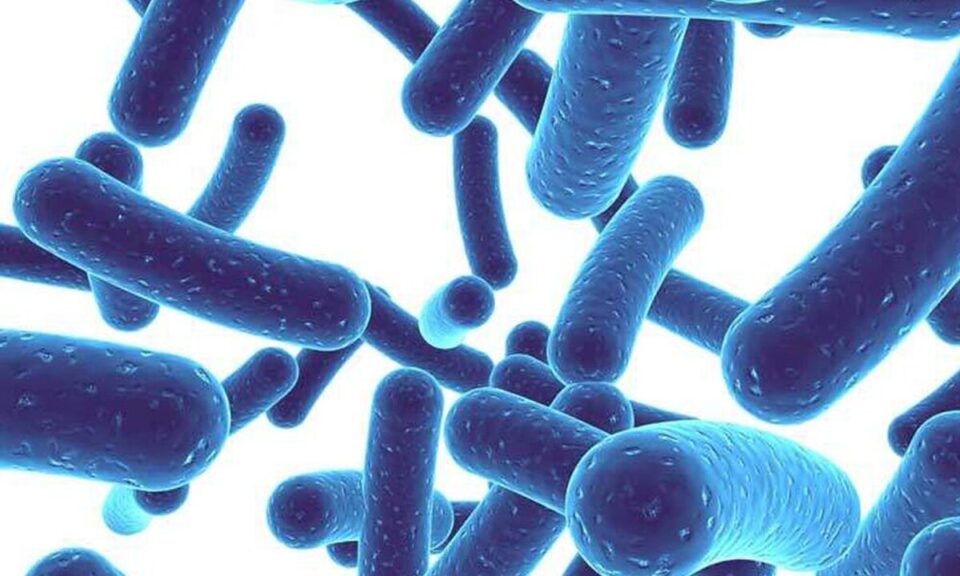Probiotic yeasts and yeast-products are used in the poultry feed industry to improve production performance, gut health, and immune response.
Saccharomyces cerevisiae, Saccharomyces boulardii, Pichia guilliermondii, Kluyveromyces fragilis, Kluyveromyces lactis, and Aspergillus oryzae are common fungi used in poultry feed.
Pichia guilliermondii has the greatest resistance to gastric juice and pancreatic juice, moderate enzymatic activity, antimicrobial activity, and adhesion to cells.
In addition, Pichia guilliermondii can grow at pH 4, resists 1% and 5% bile salt concentrations for 48 hours, and aggregates Salmonella in vitro which makes it a potential candidate to be used as a probiotic yeast.
Paraprobiotic yeast-products
There are concerns regarding the safety of using live microorganisms as feed supplements because of the potential risk of translocation and infection. However, studies showed that to confer health benefits on the host, probiotics are not required to remain viable.
As a result, the term “paraprobiotics” emerged and gained attention. Paraprobiotics, otherwise known as “ghost probiotics” or “inactivated probiotics” are nonviable dried yeast cells and yeast cell wall components that are immunologically active and beneficial to the host. Detecting paraprobiotics resolved concerns related to probiotics including the storage requirements for live microorganisms, maintaining the viability of probiotic yeast in feed, and the risk of microbial translocation and infection in immunocompromised individuals.
Probiotic yeasts mode of action
Pathogenic bacteria need to adhere to the gut epithelial cells to colonize. However, with the dietary supplementation of probiotic yeasts, pathogenic bacteria bind to the yeast cell surface, preventing their attachment to the enterocytes. Afterward, the yeast cells are cleared from the gut, along with the attached bacteria.
Furthermore, supplementing yeast decreases the gut pH by secreting acetic acid and lactic acid which is detrimental to the survival of pathogens in the poultry gut. Yeast supplementation enhances the activity of enzymes including lactate dehydrogenase, aspartate aminotransferase, alanine aminotransferase, and creatine phosphokinase, thus increasing the bioavailability of nutrients.
In addition, yeasts bind aflatoxins present in poultry feed, thus reducing their toxic effects, and improving digestion, absorption, and growth performance.
Yeast cells and yeast fermentation metabolites regulate the immune system function, increase cytokine and chemokine production by immune cells, enhance phagocytic activity of neutrophils and macrophages, and improve the oxidative stress of poultry.
Moreover, yeast cells upregulate the expression of enzymatic and nonenzymatic antioxidants in poultry and prevent damage to the structure and function of cell membranes, proteins, and nucleic acids.
Concluding remarks
Dietary supplementation of yeast and yeast-products improves body weight gain, feed conversion ratio, egg weight, fertility, hatchability, and carcass yield, immune system function, and overall health. However, further research is required to evaluate the mechanism of action of yeasts and yeast-products in relation to poultry infectious diseases. In addition, understanding and characterization of poultry gut microbiota is needed to develop yeast probiotics better adapted to poultry physiology.



